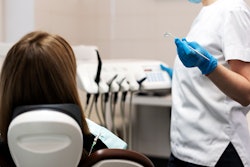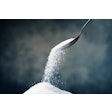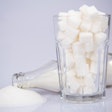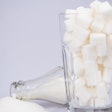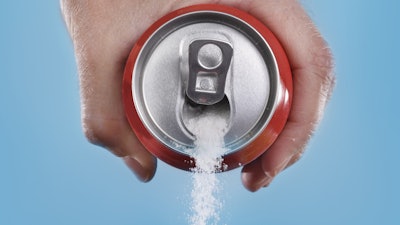
More than 5,500 hospital admissions for tooth decay for kids may have been prevented due to the implementation of a soft drink tax in the U.K., according to a study recently published in BMJ Nutrition, Prevention, and Health.
Additionally, there was a 12% decline in hospital admissions for tooth extractions in children nearly two years after implementation of the drink tax, Dr. David Conway PhD, a professor of dental public health at the University of Glasgow, said in a press release.
“This study shows that ambitious public health policies such as a tax on sugary drinks can impact on improving child oral health,” Conway said (BMJ Nutr Prev Health, November 14, 2023).
To explore the effects of the soda tax on dental hospital admissions, researchers used hospital episode statistics from England to study changes in the rates of hospital admission for tooth extractions in children under the age of 18 in the 22-month period following the implementation of the soft drink tax.
There was a decrease in hospital admissions of 3.7 per 100,000 population per month compared to if the levy had not been implemented. This was equivalent to a 12% drop in admissions, the authors wrote.
The benefits were seen in children living in most areas and particularly in children under the age of nine. This study supports the possible benefits to health from the U.K. soft drinks industry levy (U.K. SDIL) beyond obesity, which it was initially developed to address, the authors wrote.
However, the study had limitations, including that a comparable control group was not available. This limited researchers' ability to fully attribute the tax to the observed changes, according to the study.
The research should be used as the basis of further policy sensitive research, the study authors urged.
“This study provides evidence of possible benefits to children’s health from the UK SDIL beyond obesity which it was initially developed to address,” Conway and colleagues wrote.






